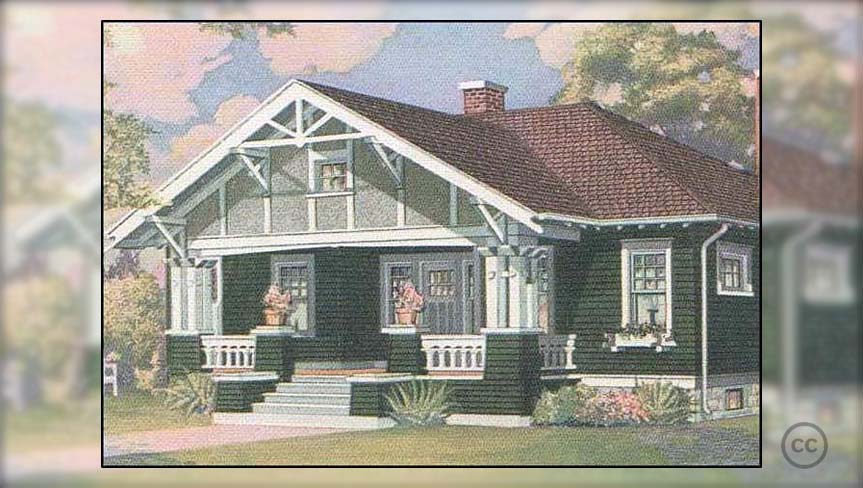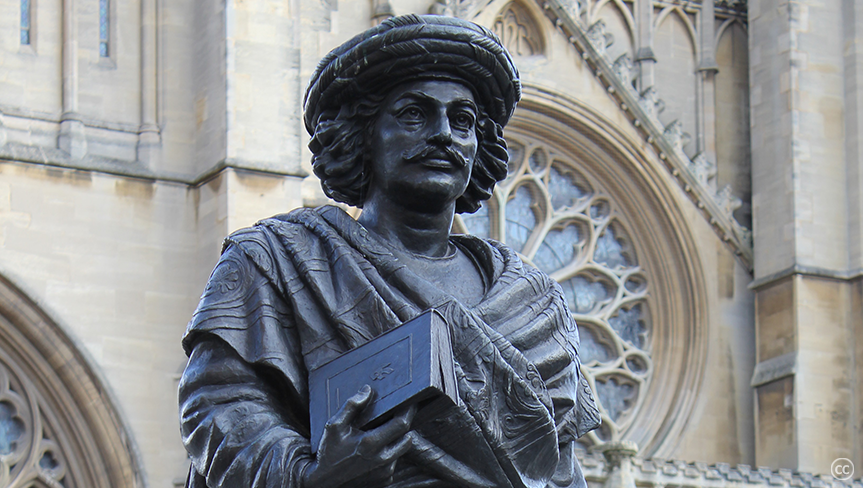20th April 2016
Back in the nineteenth century, the Brahmo Movement emerged in colonial Bengal. It was a social and religious movement that centred around the institution known as the Brahmo Samaj. The movement was initiated by Raja Rammohan Roy (1772–1833), who is famous in history for his crusade against the age-old practice of Sati. Rammohan established the Brahmo Sabha in 1828 which became the Brahmo Samaj in 1830. The Brahmo Samaj became the mouthpiece of the movement, and through it Rammohan launched a protest against the popular practice of idol worship among the Hindus. The Samaj preached monotheism or belief in one god. The god of the Brahmo Samaj is formless or nirakara and thus, invisible. Rammohan held that centuries of idol worship had degenerated Hinduism and that the Samaj aimed to revive it to its truest form.
∼ Continue Reading ∼
• • •

